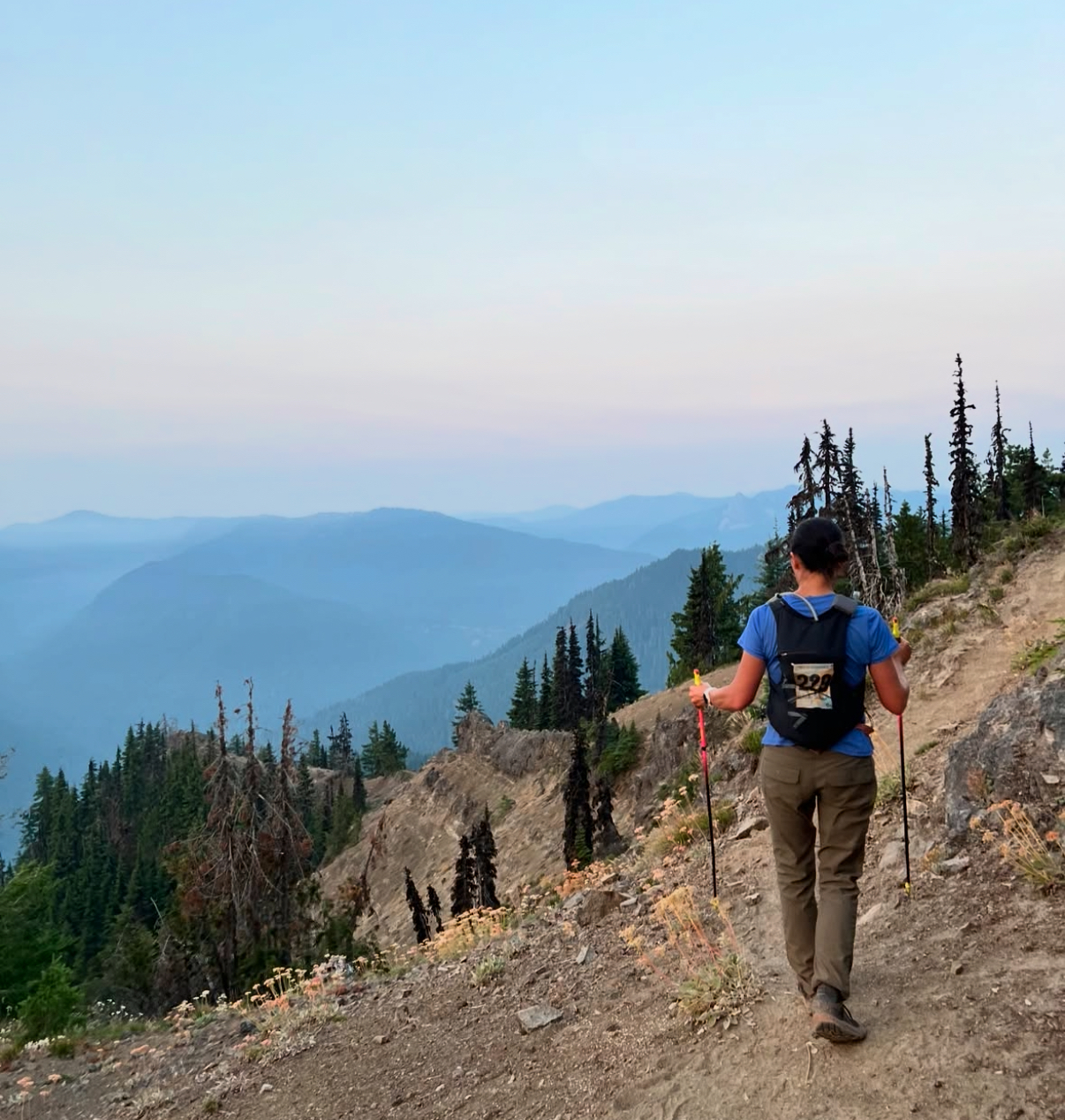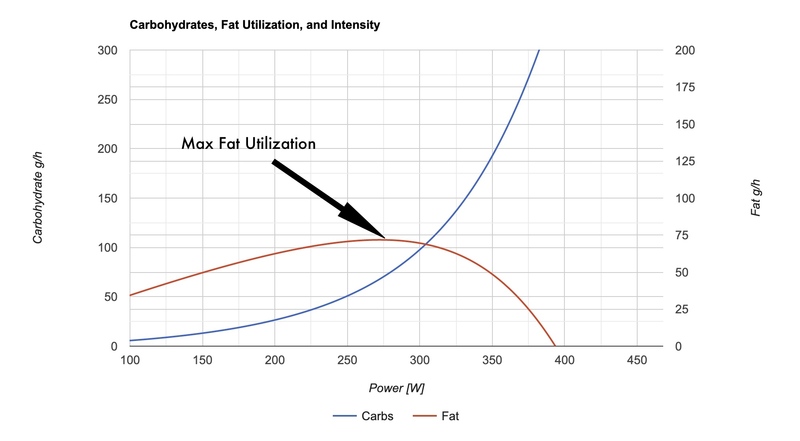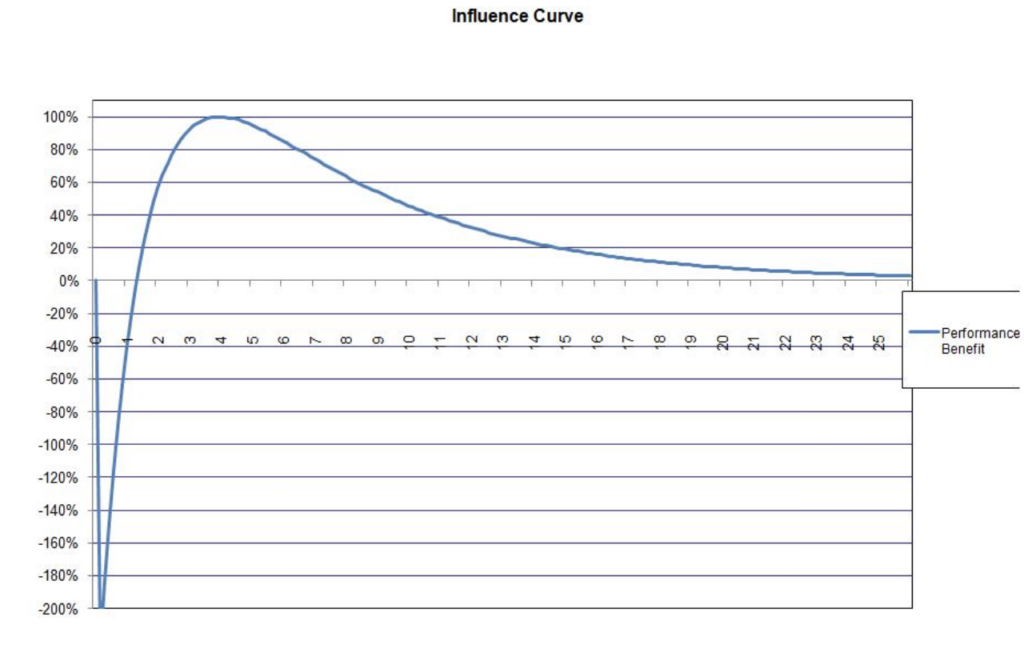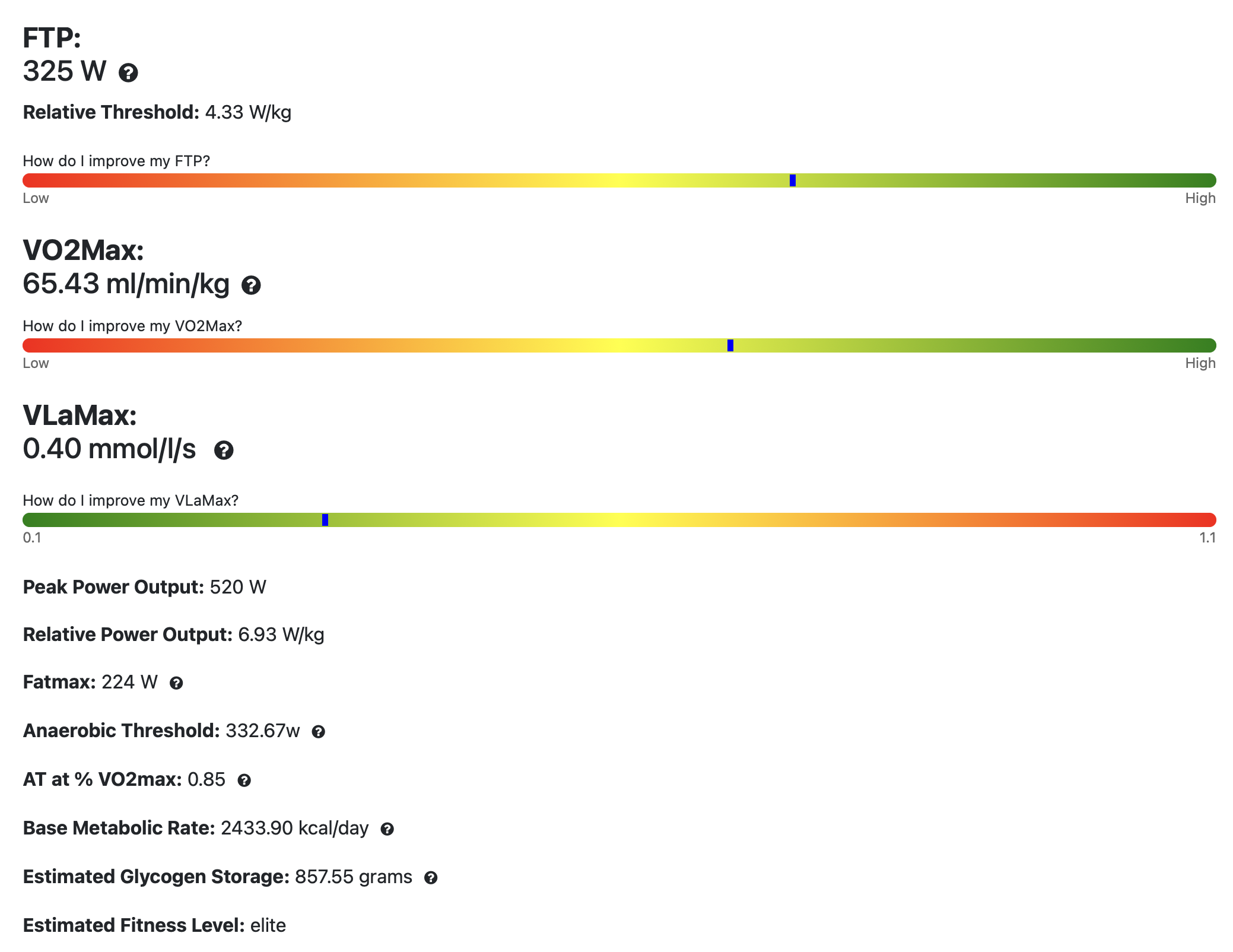If you want change, you have to change.
In the pursuit of excellence in endurance sports, we often get caught up in the details – heart rate monitors, power meters, endless metrics. But to truly improve, we need to understand the fundamental changes that occur in our bodies. Adaptation is the key. It’s not just about training harder; it’s about training smarter and allowing our bodies to adapt optimally.
Cardiovascular Adaptation:
When we train, especially at lower intensities, our heart undergoes a crucial change – it gets bigger, particularly the left ventricle, which is responsible for pumping oxygenated blood to the rest of the body. This enlargement, known as eccentric hypertrophy, increases the heart’s End Diastolic Volume (EDV) – the maximum volume of blood it can hold before contracting. This increase in EDV is pivotal because it directly influences how much blood the heart can pump per beat, known as the Stroke Volume (SV).
In endurance training, the heart is frequently filled to a greater capacity, stretching like a balloon with each beat. This stretching, especially prominent during lower-intensity workouts where the heart rate is lower, encourages the heart’s chambers to expand. Training at about 40-60% of VO2max is particularly effective for this. It’s a zone where the heart fills maximally, leading to greater stretching and, over time, an increase in chamber size.
Interestingly, while high-intensity workouts are crucial and increase the Ejection Fraction (EF) – the percentage of blood ejected per beat – they don’t contribute as significantly to increasing the heart’s size as low-intensity training does. The real difference in cardiovascular efficiency between well-trained athletes and novices is not just how efficiently the heart pumps (EF) but how much it can pump in one go (SV due to higher EDV).
This insight shifts the focus in endurance training. It’s not merely about pushing the heart to beat faster and harder; it’s about training it to hold and move more blood. Incorporating substantial low-intensity training allows the heart to achieve these full, stretched states, promoting growth in its capacity.
For athletes, this means balancing their high-intensity sessions with significant low-intensity work. Monitoring heart rate and ensuring training includes time spent in these lower zones allows for this kind of cardiovascular adaptation, setting the foundation for improved endurance performance.
In conclusion, the heart’s adaptation to endurance training is a remarkable example of the body’s ability to change and improve. By understanding and applying this first principle, athletes can tailor their training to maximize cardiovascular efficiency, a crucial step in achieving peak endurance performance.
Metabolic Adaptation:
- Endurance sports challenge athletes to optimize their body’s fuel usage, balancing between maximizing fat oxidation for sustainable energy and preserving carbohydrates for those critical high-intensity efforts. This balance is key, with fats serving as a marathon runner’s reliable energy source for prolonged activities, and carbohydrates as a sprinter’s quick-fire fuel for bursts of speed.
Achieving Metabolic Efficiency: The Interplay of Fats and Carbohydrates
- Fat Oxidation: Endurance training boosts the body’s capacity to burn fat. This is significant as fat is a more sustainable energy source for long-duration activities. By increasing fat oxidation, athletes can conserve carbohydrates, which are crucial for high-intensity efforts and shorter, intense bursts.
- Carbohydrate Preservation and Glycogen Storage: Glycogen, stored in muscles and the liver, plays a pivotal role in high-intensity activities and endurance efforts. Enhanced fitness levels boost glycogen storage capacity, allowing athletes to sustain longer, more intense exertions. Moreover, a higher VO2max, a marker of cardiovascular fitness, is linked to increased glycogen storage, highlighting the importance of an all-encompassing training approach that targets both metabolic and cardiovascular efficiency.
Understanding the First Principles of Metabolic Adaptation
Metabolic adaptation in endurance sports hinges on two primary energy sources: glycogen for quick, high-intensity energy and fat for enduring, low-intensity energy reserves. As an athlete engages in low-intensity training, their body primarily utilizes fat as fuel. However, with increasing intensity, the body transitions to glycogen usage. This metabolic flexibility is crucial, enabling athletes to efficiently harness both energy sources. To bolster fat oxidation, training at intensities where fat is the predominant fuel, typically at around 60% VO2max, is essential. Complementing this with a diet that supports fat metabolism without excessive carbohydrates ( only take in as many carbs as you actually burn) is equally vital.
Practical Approaches: Training and Nutritional Strategies
To foster metabolic efficiency, integrating low to moderate intensity workouts is key. These sessions should be adequately lengthy to encourage the necessary metabolic adaptations for optimal fat utilization. The nutritional aspect involves a careful balancing act between carbohydrate and fat intake. While carbohydrates are indispensable for glycogen replenishment, an overly carbohydrate-dense diet can impede fat oxidation. This balance is particularly crucial during the base training phase.
Diving Deeper: Fat Oxidation Rates and Dietary Implications
Fat oxidation rates differ based on an athlete’s fitness level and metabolic health. A metabolically fit athlete, for instance, may achieve fat oxidation rates of about 0.8-1.1g/min at over 70% VO2max. Athletes on ketogenic diets demonstrate significantly high fat oxidation at lower intensities, but they often lack the energy generation for high-intensity efforts due to restricted glycogen availability. This finding suggests a more nuanced approach to dietary recommendations, particularly for athletes in everyday life settings.
The Golden Pyramid of Base Training
An integrated training approach combining increased glycogen storage, enhanced fat oxidation, and improved VO2max forms the foundation of effective base training. This methodology ensures that athletes have the necessary endurance for prolonged events and the power for high-intensity efforts. It’s especially crucial for larger athletes, over 80kg, to focus on improving fat oxidation due to their proportionally higher energy requirements during endurance events.
Muscular Adaptation:
Muscular adaptation in endurance sports transcends the traditional goal of augmenting muscle size. It’s about refining the muscle’s capacity to sustain prolonged efforts, resist fatigue, and facilitate rapid recovery. This adaptation is achieved through specific training regimens that lead to increased mitochondrial density in muscle cells. Mitochondria, often referred to as the cell’s powerhouses, play a crucial role in energy production. An increase in mitochondrial density translates to enhanced energy production efficiency, a critical factor in endurance activities like long-distance running, cycling, or participating in triathlons.
Distinguishing Fast-Twitch and Slow-Twitch Muscle Fibers
The human body comprises two primary muscle fiber types, each playing a unique role in physical activity:
- Slow-Twitch Fibers (Type I): These fibers thrive on aerobic processes, using oxygen to generate energy. They are the foundation of endurance-oriented activities, capable of sustaining efforts over extended periods without significant fatigue. Their efficiency in burning fats makes them indispensable for endurance sports.
- Fast-Twitch Fibers (Type II): Contrasting their slow-twitch counterparts, these fibers are designed for anaerobic activities, suitable for short, explosive bursts. They primarily rely on carbohydrates for energy, leading to a faster depletion of glycogen stores. While indispensable for sports demanding quick, high-intensity efforts, they are less efficient in prolonged endurance activities due to their higher carbohydrate consumption rate.
The Biochemical Backbone of Muscle Function
At the cellular level, muscle function is fueled by ATP (adenosine triphosphate), the primary energy currency. ATP generation occurs through two main pathways:
- The Aerobic Pathway: This pathway is engaged predominantly during prolonged, low-intensity efforts. It utilizes oxygen to transform carbohydrates and fats into energy, forming the backbone of endurance sports where efficient oxygen utilization and energy production are paramount.
- The Anaerobic Pathway: Activated during high-intensity bursts where oxygen is scarce, this pathway rapidly produces energy, primarily from carbohydrates.
Training and Nutritional Strategies for Muscle Adaptation
To foster muscle adaptation in endurance sports, athletes should consider:
- Training for Mitochondrial Development: Incorporating specific workouts aimed at increasing mitochondrial density is key. Endurance training at moderate intensities is particularly effective for this purpose, enhancing energy utilization and overall efficiency.
- Balanced Nutrition: Muscle adaptation requires a diet rich in essential nutrients. Adequate protein intake supports muscle repair and growth, while a balanced intake of carbohydrates and fats caters to energy needs.
- Recovery Focus: Rapid recovery post-exercise is integral to muscle adaptation. This includes strategies like proper hydration, nutrition, and sufficient rest, ensuring effective muscle repair and adaptation.
Understanding and augmenting muscle adaptation in endurance sports demands a holistic approach that intertwines training, nutrition, and a deep comprehension of individual physical characteristics. By concentrating on enhancing mitochondrial density, endurance capacity, and recovery processes, athletes can notably boost their performance in endurance disciplines. This tailored approach, rooted in the fundamental principles of physiology and body composition, empowers athletes to develop a customized training regimen. Such a regimen not only aligns with their unique physical traits but also guarantees optimal performance and health, catering to the specific demands of endurance sports.
Skeletal Adaptation:
Skeletal adaptation in endurance sports is a dynamic process where bones respond to the physical demands of training. This adaptation is not just about strengthening bones; it’s about making them denser and more resilient to withstand the continuous stress encountered in endurance activities. The physiological principle behind this is Wolff’s Law, which states that bones remodel and adapt in response to the loads they are subjected to. Thus, regular and progressive endurance training can stimulate bones to become denser and stronger. This is especially important for high impact sports that involve running.
The Role of Nutrition in Skeletal Health
Nutrition plays a fundamental role in bone health, particularly for endurance athletes. Two nutrients stand out in this regard:
- Calcium: The cornerstone mineral for bone health, calcium is vital for maintaining bone density and strength. Dairy products, leafy greens, and fortified foods are excellent calcium sources.
- Vitamin D: Essential for calcium absorption, vitamin D is crucial for bone health. Sunlight exposure is a primary source, but it can also be obtained from foods like fatty fish, eggs, and fortified products.
First Principles of Skeletal Adaptation
- Bone Remodeling: This ongoing process involves bone resorption (breakdown) and formation. Training stress stimulates bone formation, while inadequate stress can lead to bone resorption.
- Mechanical Load: Bones adapt to the specific mechanical loads they are subjected to. Endurance training, particularly weight-bearing activities like running, applies repetitive stress to bones, promoting adaptation.
- Nutrient Availability: Adequate nutrition, especially in calcium and vitamin D, is essential for effective bone remodeling and adaptation.
Actionable Strategies for Healthy Bone Adaptation
- Gradual Training Progression: Avoid sudden spikes in training volume or intensity. Gradually increasing the load allows bones to adapt without the risk of stress fractures or other injuries.
- Diverse Training Regimens: Incorporate a variety of weight-bearing exercises. This could include running (for e.g. short jogs for cyclists in the offseason), strength training, and plyometrics, which apply different stresses to the skeletal system, promoting comprehensive bone health.
- Optimize Nutritional Intake: Ensure a diet rich in calcium and vitamin D. Consider supplementation if dietary intake is insufficient (get a blood panel before you supplement anything), particularly during winter months or for athletes with limited sun exposure.
- Regular Bone Health Assessments: Periodic medical evaluations, including bone density scans (DXA scans), can monitor bone health and adaptation progress, especially for athletes at risk of bone health issues.
Skeletal adaptation in endurance sports is a complex interplay of training stress, nutrition, and physiological remodeling processes. Understanding these foundational principles and implementing practical, targeted strategies can significantly enhance bone density and strength. By progressively and thoughtfully increasing training loads, diversifying training stimuli, and ensuring optimal nutrition, endurance athletes can foster robust skeletal health.
Hormonal Responses:
Hormonal responses in endurance athletes are a crucial aspect of training adaptation. Understanding the hormonal shifts that occur during and after endurance training is essential for optimizing performance and recovery. This section delves into the first principles of hormonal responses in the context of endurance sports, providing actionable insights for athletes and coaches.
Understanding Hormonal Responses in Endurance Sports
Endurance training induces various hormonal responses in the body, which play significant roles in energy regulation, muscle adaptation, and recovery. Two primary hormones that are significantly influenced by endurance training are cortisol and insulin-like growth factor-1 (IGF-1).
- Cortisol: Often termed the “stress hormone,” cortisol levels rise during prolonged endurance activities. While acute increases in cortisol are part of the body’s natural response to exercise, chronic elevated cortisol levels can lead to negative effects like muscle breakdown and suppressed immune function.
- Insulin-Like Growth Factor-1 (IGF-1): IGF-1 plays a vital role in muscle repair and growth. Its production is stimulated by growth hormone, which increases during endurance exercise, aiding in tissue repair and adaptation.
First Principles of Hormonal Adaptation
- Stress and Recovery Balance: The body’s hormonal responses are tightly linked to the balance between exercise stress and recovery. Adequate recovery is crucial to allow hormonal levels to return to baseline, promoting healthy adaptation.
- Energy Regulation: Hormones like cortisol and adrenaline are involved in the mobilization of energy stores during exercise. Understanding their role helps in managing energy levels and preventing excessive fatigue.
- Muscle Adaptation: Hormones such as IGF-1 and testosterone are essential for muscle repair and growth. Optimizing their levels through training and nutrition supports better muscle adaptation and strength gains.
Actionable Strategies for Managing Hormonal Responses
- Balanced Training Load: Avoid excessive training without adequate recovery, as this can lead to prolonged cortisol elevation. Incorporate rest days and lower-intensity sessions to balance training stress.
- Nutritional Support: A diet rich in proteins, healthy fats, and carbohydrates supports hormonal health. Post-exercise nutrition, particularly protein and carbohydrate intake, can help mitigate cortisol spikes and support IGF-1 production.
- Adequate Sleep: Quality sleep is essential for hormonal balance. Growth hormone, crucial for tissue repair, is primarily released during deep sleep stages.
- Stress Management: Incorporate stress-reducing activities like meditation, yoga, or leisurely walks. Reducing overall life stress can help in managing cortisol levels.
- Monitor Overtraining Symptoms: Be aware of signs of overtraining, such as persistent fatigue, poor performance, and mood changes, which can indicate hormonal imbalances. Regular monitoring can help in making necessary adjustments to training and lifestyle.
Hormonal responses in endurance sports are a sophisticated interplay between training, nutrition, recovery, and overall stress management. Understanding the role of key hormones in energy metabolism, muscle adaptation, and recovery is critical for optimizing endurance performance. Implementing strategies that balance training stress with adequate recovery, support nutritional needs, prioritize sleep, and manage overall stress can lead to healthier hormonal responses and improved athletic performance. This comprehensive approach ensures endurance athletes not only perform at their best but also maintain long-term health and well-being.
To conclude: The best way to make progress in sports is to drive positive adaptation. The better you support your body and mind adapting to stressors, the faster you will succeed.
Flo
www.konaendurance.com









